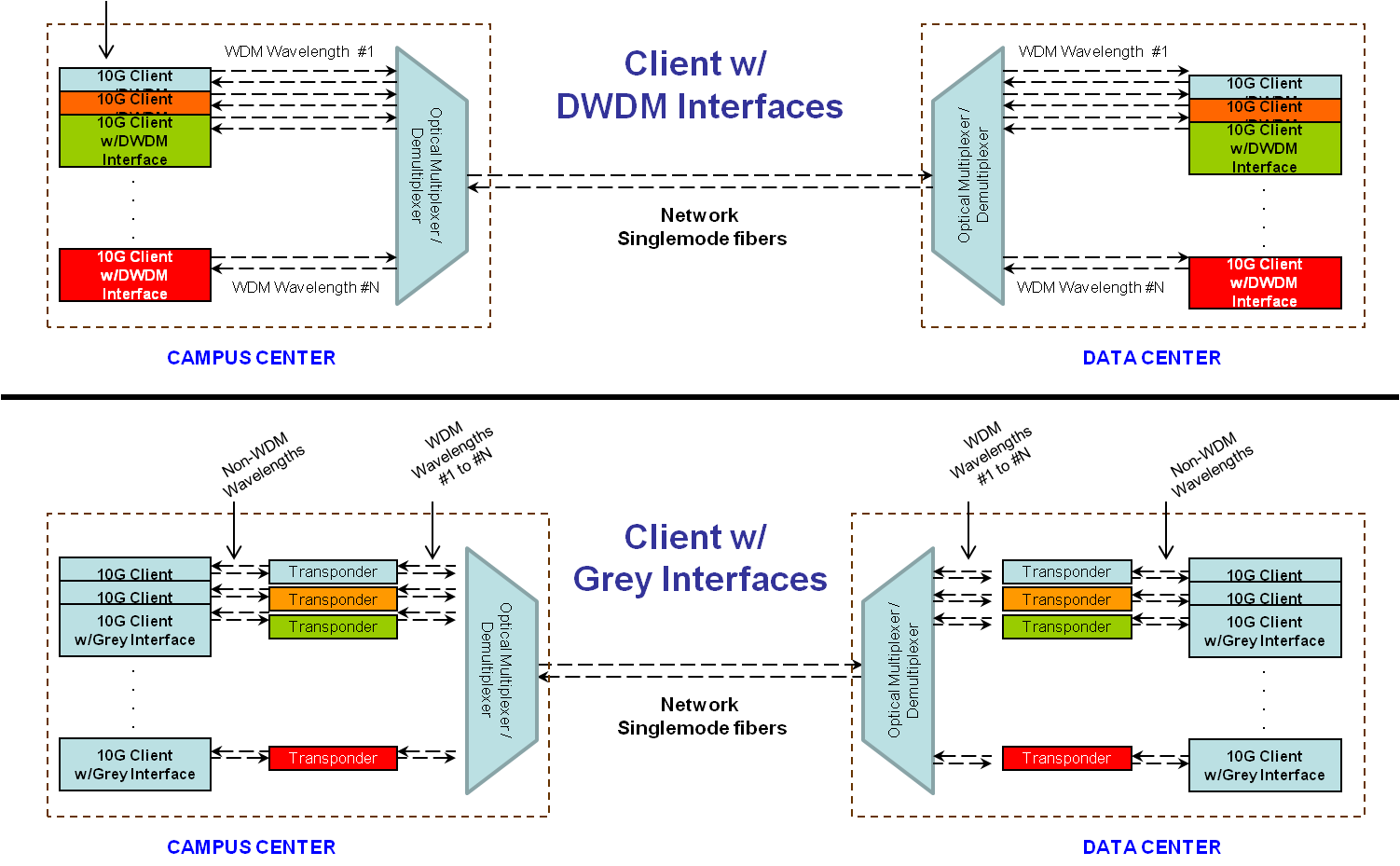When it comes to choosing between single-mode fiber and multimode fiber, it's important to understand the differences between the two. Single-mode fiber is designed for long-distance, high-speed communication while multimode fiber is ideal for shorter distances and lower speeds.
Single-Mode Fiber

Single-mode fiber has a smaller core size than multimode fiber, which means it can carry a higher bandwidth over longer distances. This makes it ideal for long-distance communication, such as between cities or even countries. It's also a good choice for data centers and telecom networks where high bandwidth is important.
One potential drawback of single-mode fiber is its cost. It generally costs more than multimode fiber due to the precision required in manufacturing the smaller core size. It's also more sensitive to misalignments and bends, which can lead to signal loss.
Multimode Fiber
Multimode fiber has a larger core size than single-mode fiber, which means it can carry more data over shorter distances. It's a good choice for shorter runs, such as between floors in a building or within a data center. It's also less sensitive to misalignments and bends, making it easier to work with than single-mode fiber.
One potential drawback of multimode fiber is its limited bandwidth. Because of its larger core size, it can't carry data as far or as fast as single-mode fiber. This means that it may not be suitable for certain applications, such as long-distance communication between cities or countries.
Which to Choose?
The choice between single-mode fiber and multimode fiber depends on several factors, including the distance and speed of the communication needed, the budget, and the available infrastructure. Single-mode fiber is generally the best choice for long-distance, high-speed communication, while multimode fiber is ideal for shorter distances and lower speeds.
Ultimately, the decision between single-mode fiber and multimode fiber should be made based on the specific needs of the project. It's important to work with a qualified professional who can help determine the best solution for your particular situation.
If you are looking for Fiber Optic Transceiver Frequently Asked Questions you've came to the right place. We have 5 Pics about Fiber Optic Transceiver Frequently Asked Questions like Einzelstrang (WDM) LWL, Fiber Optic Transceiver Frequently Asked Questions and also What is meant by bidirectional optical fiber? - Quora. Here you go:
Fiber Optic Transceiver Frequently Asked Questions
 www.fiber-optic-transceiver-module.com
www.fiber-optic-transceiver-module.com optic transceiver wdm bandwidth
What Is Meant By Bidirectional Optical Fiber? - Quora
bidirectional transmit meant wavelength receive
Fiber Optic Transceiver Frequently Asked Questions
 www.fiber-optic-transceiver-module.com
www.fiber-optic-transceiver-module.com fiber bandwidth transceiver optic
Single-mode Fiber Vs. Multimode Fiber: Which To Choose?
 www.fiberopticshare.com
www.fiberopticshare.com multimode transceivers cabling consume further transceiver
Einzelstrang (WDM) LWL
 www.perlesystems.de
www.perlesystems.de monobrin lwl fibra wdm perlesystems kabel verwendet denken daran wenn wavelength cwdm
Monobrin lwl fibra wdm perlesystems kabel verwendet denken daran wenn wavelength cwdm. Fiber bandwidth transceiver optic. What is meant by bidirectional optical fiber?